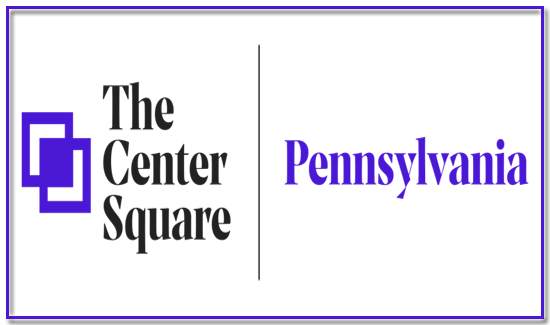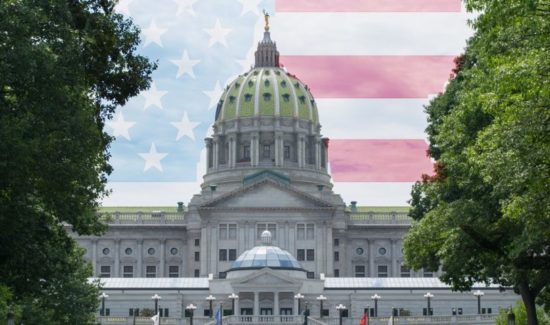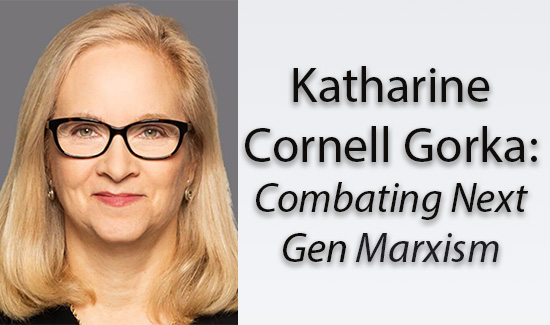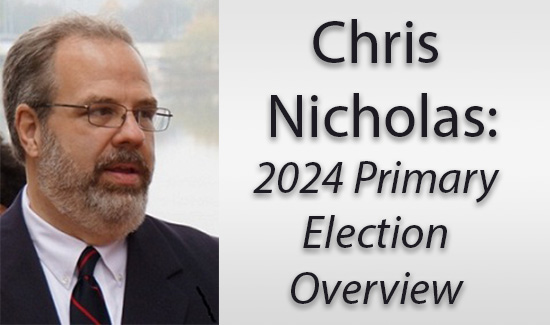The Minimum Wage: Keeping Prosperity Around the Corner
The last thing we need in the midst of our current recession is what happened last Friday: the third increase in the minimum wage in only two years.
Contemporary labor markets throughout the country are not a pretty picture. Last month’s national unemployment rate was 9.5 percent. In the most directly affected markets-those for younger and lower-skilled workers-things were even worse. The teen unemployment rate was over 22 percent; its highest rate in over 17 years. The unemployment rate for black teens rose to 38 percent. Forty-eight states reported job losses in May alone.
This clearly indicates that in a vast number of labor markets, wages were being kept above market rates. The last thing labor markets need right now is even higher government-mandated wages. Thanks to the recent 11-percent rise in the national minimum wage, we can expect even more unemployment-making the recession even worse.
Some might think that an increase in the minimum wage is what is needed by families hurting economically. That’s true if a substantial portion of those families’ income is the result of minimum-wage-earning labor. Stopping the analysis here, however, ignores what Frederic Bastiat called "that which is not seen"-i.e., the negative consequences of the minimum wage.
There are several costs to the minimum wage that must be borne by someone:
In the first place, raising the minimum wage makes it more costly to hire
lower-skilled workers. If the government forces a company to pay a worker a higher wage, that worker does not magically become more productive. Neither does the demand for the firm’s product increase. Thus, the state forces the firm to pay the marginal worker a higher wage while that worker’s economic contribution to the firm has not increased. When the government-mandated minimum wage increases, there are many workers who are not productive enough to warrant the higher wage. To remain economically solvent, something to which entrepreneurs in our present economy are particularly attentive, firms must lay off these workers.
It should be noted that the higher labor costs associated with minimum-wage
increases are not limited to the higher wage itself. Consider Social Security taxes, which are assessed as a percentage of a worker’s income. The higher a person’s wage, the more his employer must pay in Social Security taxes. The same is true for Medicare taxes. If an affected worker is working for a company that matches contributions to a pension plan on a percentage basis, the firm’s pension contributions must increase as well.
On top of this, when the minimum wage goes up, employers often feel pressure to
increase wages for those earning close to the minimum-wage level. The Economic
Policy Institute estimates that there are approximately 1.5 million workers
presently earning more than the new minimum wage. How will employers react to these wage-earners? When the minimum wage is increased, it is even harder to keep these particular workers in employment.
It should not surprise anyone that when the government mandates a minimum wage above the market wage, unemployment will result. When the price of gasoline skyrocketed last summer, people sought ways to economize and bought less gas. The same principle applies to labor. When the government mandates minimum-wage increases, firms demand fewer workers while more people decide to join the labor force at the higher wage.
There are more workers willing to work at the artificially high wage than there are positions. This creates what economists call a surplus of labor-and what everyone else calls unemployment.
Economic history clearly illustrates these hazards. Various empirical studies since the 1970s have shown that a 10-percent increase in the minimum wage results in a general drop in employment of between 2-3 percent and an 8.5-percent decrease for high-school dropouts, young black adults, and teenagers; those are the labor sectors most affected by minimum-wage increases. Teen employment fell 5 percent after last summer’s 12-percent minimum-wage increase. The 2007 minimum-wage mandate was implemented in three phases. Since going into effect, over 480,000 teen jobs have been lost.
Unfortunately, the negative consequences of the minimum wage are not limited to
present unemployment for those affected, but persist years into the future. By
keeping the lowest skilled workers out of initial employment to begin with, these workers are prevented from obtaining on-the-job experience. Such experience is crucial for learning job skills and developing a work ethic that will make them more productive, and hence more employable, in the future.
While it may appear that raising the minimum wage is a helpful tonic for those most in need of a financial boost, economic analysis shows us that we should beware of such a placebo. Raising the minimum wage in the midst of an economic depression essentially puts "Don’t-Hire-Me" signs on the backs of the least-skilled unemployed members of the labor force. It will merely keep them out of work even longer and hinder economic recovery by hampering the much needed capital-accumulation process.
The most recent minimum-wage hike does little more than push us farther from turning the corner toward economic prosperity.
Dr. Shawn Ritenour is an associate professor of economics at Grove City College, contributor to The Center for Vision & Values, and adjunct professor at the Mises Institute in Auburn, AL.






